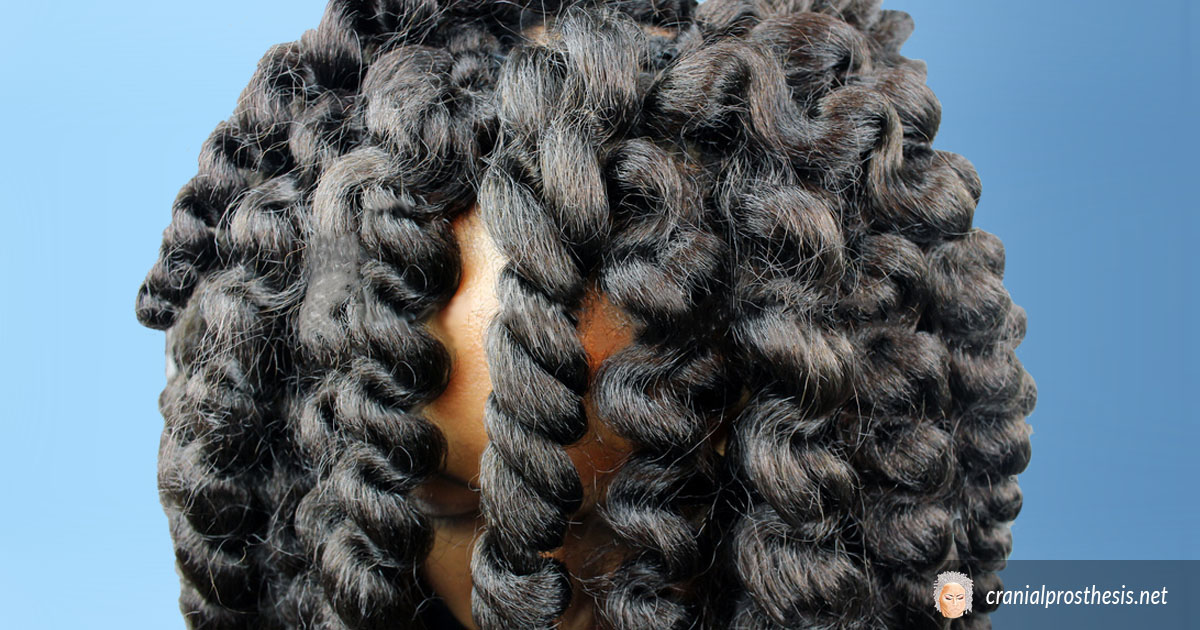
For any woman having to deal with alopecia areata, it can greatly affect her life profoundly. For most of us, our appearance plays a big part in our everyday life.
It is my hope that by the time you finish reading this article you will feel encouraged to seek professional advice and have a better understanding of the fundamental factors contributing to alopecia areata.
Alopecia Areata Causes
This type of alopecia is an autoimmune skin disease where the immune system mistakenly attacks the hair follicles. Usually, the damage caused and the effects can have an impact on the scalp, face and other areas of the body, however, this is quite rare. Alopecia areata can occur in both men and women at any age and race. Over 147 million people worldwide and approximately 6.8 million in the U.S. will have or develop alopecia areata at some point in their lives. Although it can occur at any age, it is more common for people under the age of 30.
This particular kind of hair loss may also affect people who are already experiencing some form of autoimmune condition, such as down’s syndrome, diabetes or overactive thyroids. Alopecia areata can also be hereditary, so you may simply be susceptible to alopecia due to your family genes.
I want you to know that if you are affected by alopecia areata, you did not cause it and may not have any control over it’s course. But, you can still look beautiful just as you always have with a medical cranial hair prosthesis. Depending on your health insurance provider, you may be able to get reimbursed. I will discuss suitability and insurance options with you during your complimentary consultation.

Alopecia Areata Symptoms
The first noticeable symptoms of alopecia usually starts with one or more small, round bald patches on the scalp. There is where the hair has fallen out in clumps. For some people, alopecia areata first shows itself as thinning instead of bald spots. The bald patches can vary from the size of a small coin to much larger.
While some people many develop a few bare patches that tends to grow back within a year, others with more extensive alopecia, the hair is lost from the (alopecia totalis) or hair is lost from the entire scalp and body (alopecia universalis). Where people who have suffered from alopecia areata notice a difference in their hair’s texture, density and color when their hair regrows.
Alopecia Treatments
Unfortunately, there is no known cure for alopecia areata, but your hair may return by itself. Depending on your age and the extent of hair loss, there are available treatments. These treatments include cortisone injections that is injected into the bare skin patches and topical minoxidil that is applied twice daily to the affected area. Please have your hair loss diagnosed by your doctor or dermatologist before starting any medications or treatments.
If you are experiencing hair loss at a rate and amount that seems uncommon, contact us at (619) 820-0290 or get in touch online for more information and schedule a complimentary consultation.










